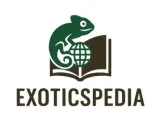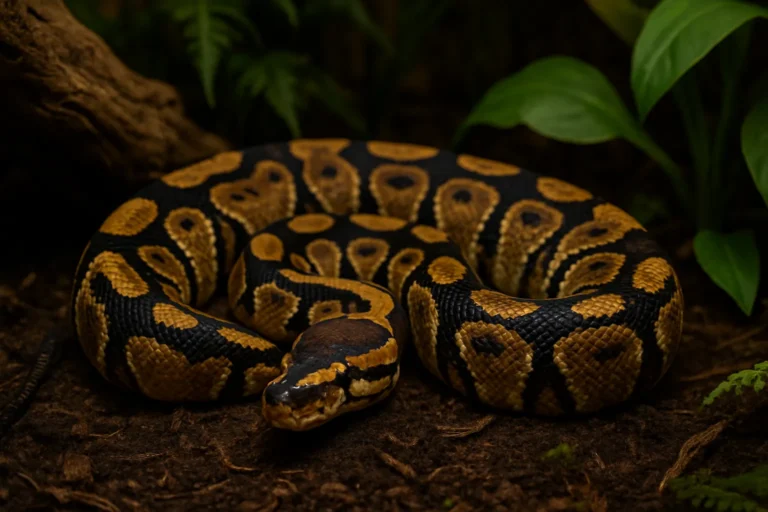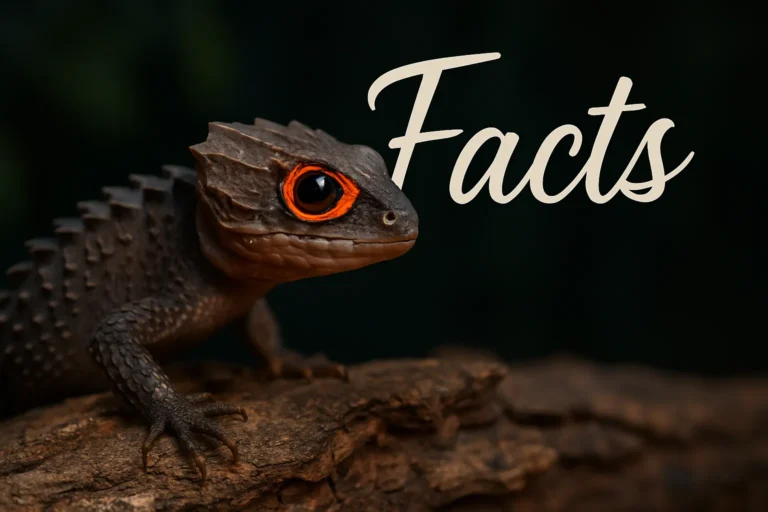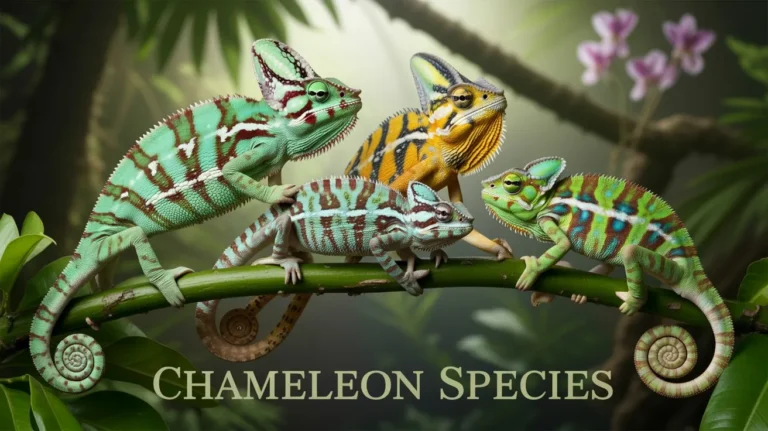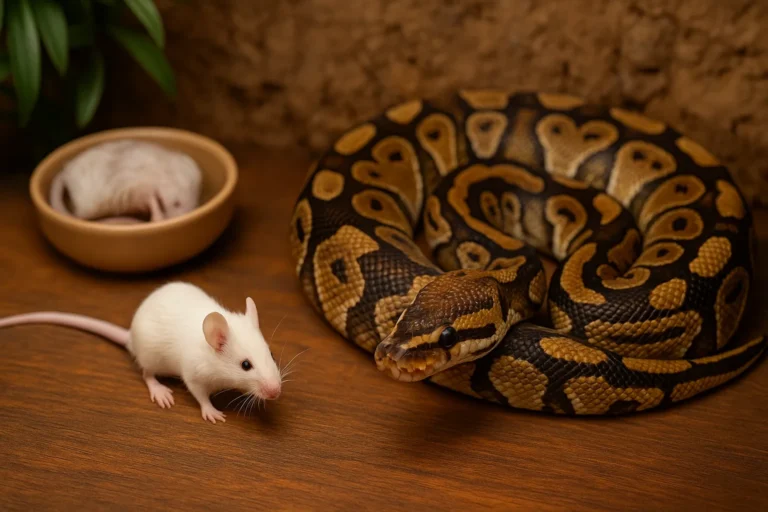The Ultimate Bearded Dragon Guide: Housing, Feeding and Lifespan
The inland bearded dragon, also known as the central bearded dragon (Pogona vitticeps), is among the most popular pet reptiles, admired for its gentle, inquisitive, and docile nature. These diurnal creatures—active during the day—are indigenous to Australia, where they roam arid to semi-arid regions, including deserts, grasslands, and woodlands, soaking in the hot, dry climate.
Their name comes from the flap of spiky skin under their chin, which puffs up and darkens like a beard when they feel threatened or emotional. The scientific name Pogona is derived from the Greek word pogon, meaning beard. All species have a flat body, broad head, stout legs, and armor-like scales and spikes running along their sides and throats, giving them a dragon-like appearance.
There are currently eight recognized species of bearded dragons, all affectionately called “beardies.” The most commonly kept pet is the central bearded dragon (Pogona vitticeps), though species range in size.
Bearded Dragon Profile
Despite their popularity, many people adopt a bearded dragon and aren’t sure what to do next. Often, pet stores provide incomplete or inaccurate care information, leading to confusion for new owners. That’s where this site helps — offering trusted guidance on vivarium setup, temperature needs, and balanced diets to ensure your beardie lives a healthy, happy life.
Natural Habitat
Bearded dragons are native to most parts of Australia, where they thrive in warm, arid environments such as deserts, subtropical woodlands, savannas, and scrublands. Their natural habitat is defined by low humidity, dry terrain, and intense sunlight — conditions that suit their cold-blooded nature. Since they rely on external heat sources to regulate body temperature, bearded dragons are often seen basking in the sun to warm up, or burrowing underground to escape extreme heat and potential predators.
Although the export of wild bearded dragons was banned by Australia in the 1960s, they have since been successfully bred in the United States for the pet trade. Today’s pet bearded dragons are available in a variety of color morphs not typically found in the wild. While their natural habitat includes vast open spaces, they can live healthy lives in captivity if their enclosure mimics these conditions—meaning a warm, dry setup with proper lighting and low humidity is essential for their survival and wellbeing.
Species
There are eight recognized species of bearded dragons, all belonging to the genus Pogona. The most commonly found species in the worldwide pet trade is the Central Bearded Dragon (Pogona vitticeps). Known for its calm nature and manageable size, this species is a favorite among reptile enthusiasts.
In addition to the central species, several other sub-species exist, each with its own unique traits. The Rankins Dragon (Pogona henrylawsoni), also referred to as Lawson’s Dragon, is a smaller species that is widely available in the UK pet market. Other species include:
- Pogona barbata – Eastern or Coastal Bearded Dragon
- Pogona minor minima – Dwarf Bearded Dragon
- Pogona minor – Western Bearded Dragon
- Pogona microlepidota – Drysdale River Bearded Dragon
- Pogona nullarbor – Nullarbor Bearded Dragon
- Pogona minor mitchelli – Mitchell’s Bearded Dragon
Each species is native to different parts of Australia, adapting to specific local environments, but they all share the spiny appearance and “beard” display behavior that makes them so distinctive.
Behavior and Communication
Bearded dragons are known for their territorial nature, especially adult males who may display aggressive behaviors to defend their space, compete for food, or assert dominance over other males. In some cases, males might even attack females that don’t exhibit submissive behaviour. Both males and females use their distinctive beard as a key tool for communication. When threatened, a bearded dragon will open its mouth, raise its chin, and puff out its beard, often accompanied by a hiss, to make itself appear larger and more intimidating.
These reptiles also communicate through color changes in their beard and head bobbing. A quick head bob is a sign of dominance, while a slow bob paired with an arm wave indicates submission. Bearded dragons are primarily terrestrial, capable of running with speed, but they are also adept climbers that can easily scale trees.
With seasonal changes, many bearded dragons enter a phase called brumation — a type of hibernation where they stop eating and drink water sporadically. This typically occurs during the fall or winter, triggered by shorter daylight hours and lower temperatures. During this time, dragons become less active, and after the cooling period, males resume their dominance displays, including beard flaring, tail biting, and head bobbing.
Diet and Feeding
Bearded dragons are omnivores, meaning they eat both plants and live prey. Their strong jaws allow them to crush hard-shelled insects like beetles, and they’ll also eat leaves, flowers, fruits, and even the occasional small lizard or rodent. A rich, varied diet is key to ensuring proper health and growth, as feeding just one or two food sources—even with supplements—won’t offer enough nutritional value.
Here’s what a healthy bearded dragon diet should include:
Live Food (Protein):
- Crickets, locusts, and calciworms
- Should be kept in well-ventilated containers
- Must be gut-loaded (fed healthy greens) before feeding to your dragon
Safe Greens and Veg:
- Watercress, rocket, cress
- Grated butternut squash, dandelions, clover, plantain leaves
- Offer a mix of greens regularly for balanced nutrition
Threats to Bearded Dragons
Bearded dragons face numerous threats in their natural habitat and beyond. In the wild, they are preyed upon by various predators, including birds of prey, goannas, snakes, dingoes, and feral cats and foxes. Feral cats, in particular, are a significant threat, with research indicating that they kill approximately 649 million reptiles annually in Australia, including bearded dragons . These reptiles are also susceptible to internal parasites and mites.
When threatened or alarmed, bearded dragons exhibit defensive behaviors such as puffing out their beards and facing intruders with an open mouth. They also expand their bodies by inhaling air, making them appear larger and may emit a low hiss. Additionally, researchers have recently discovered that bearded dragons possess primitive venom glands, although the venom has minimal effect on humans.
The most significant threats to bearded dragons are habitat loss and degradation due to land clearing and cattle grazing. These activities lead to the destruction of their natural environments, making survival increasingly difficult. Furthermore, bearded dragons are sometimes illegally captured for the pet industry, contributing to their population decline.
